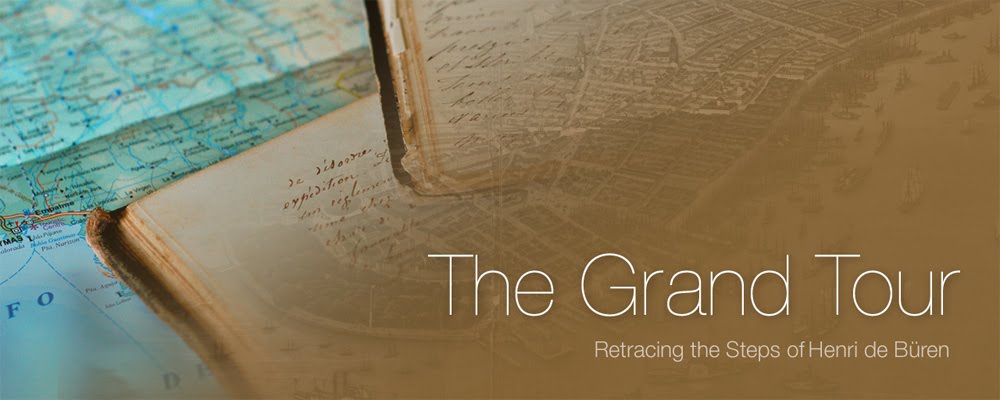While traveling across Peru in 1853, Henri and his expedition became bogged down in the town of Chachapoyas. After a couple of days in the city square he became restless. He and a couple members of the expedition went with local villagers to the ancient fortress of Kuelap. Henri marveled at the height of the stone walls and the sheer size of the overall fortress.
He says “The feeling of awe and admiration that one feels when confronted with a great work of human achievement is what I felt the moment I walked in the great door of Kuelap.”


It is interesting to note that Henri was at Kuelap only 10 years after its “discovery” by Juan Crisóstomo Nieto.
Background
The fortress of Kuelap (or Cuélap), associated with the Chachapoyas culture, consists of massive exterior stone walls containing more than four hundred buildings. The structure, situated on a ridge overlooking the Utcubamba Valley in northern Peru, is roughly 600 meters in length and 110 meters in width. Radiocarbon dating samples show that the structures construction started in the 6th century AD and occupied until the Early Colonial period (1532-1570).
This prime example of Chachapoyan architecture, Kuelap, remained ignored by the outside world until 1843, when Juan Crisóstomo Nieto, a Chachapoyas judge, made a survey of the area and took note of Kuelap's great size, guided by villagers who had known of the site for generations. Subsequently, Kuelap earned the attention of explorers, historians and archaeologists. Notable observers who helped publicize the site included Frenchman Louis Langlois (who wrote a description of Kuelap in the 1930s), Adolph Francis Alphonse Bandelier, Ernst Middendorf, Charles Wiener and Antonio Raimondi.

No comments:
Post a Comment